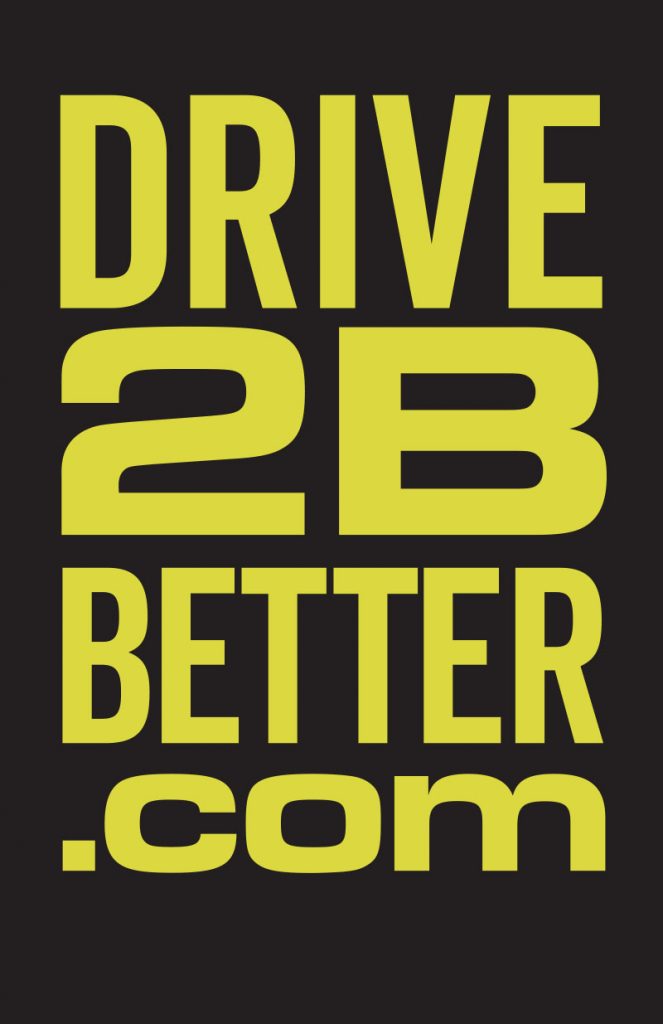
Guest blog by Arian Horbovetz. Arian is the creator of The Urban Phoenix, a blog focused on conversations around the elements that create healthy cities, neighborhoods and communities today. Arian covers walkability, public transit, financial solvency, bike infrastructure, smart development, public space, public pride and ownership of our futures. While he discusses issues of public policy, legislation, statistics and money, The UP specializes in addressing public perceptions and how they affect the way we see our cities.

Not long ago, a professor at Brockport Central School teacher was struck and killed by a pickup truck about 25 minutes from my hometown of Rochester, NY. The driver was ticketed for “failing to safely pass a bicycle…” a far too familiar slap on the wrist for a deadly crime of negligence.
This is the latest in a rash of similar pedestrian and bike related deaths in my area over the last several months, a tragic but predictably dismissed epidemic that is simply accepted as “the cost of doing business” in American car culture.
This afternoon, I was riding my bike home from work when a speeding pickup truck flew by my just a foot and a half or so away. The driver was trying to make the light up ahead while avoiding the oncoming car in the opposite lane.
As is often the case, the driver missed the green light, stopping before the intersection. I rolled up behind him, calling to his open driver side window, “hope that was worth it!” I received an aggressive hand gesture in response.
This was far from the first time this has happened… I can’t count the number of times a driver has made an aggressive pass on me at an unsafe distance and speed, only to sit at a light or next several lights with me alongside just a few seconds later. But this time, I had a thought that I never did before. I’ve heard so many cyclists and urbanists talk about how many drivers see cyclists as “less than human.” Indeed, I’ve written articles talking about the lack of respect for cyclists because of the inability for drivers to see bikes as viable forms of transportation. Instead, drivers see cyclists in the road as a recreational nuisance impeding their commute, nothing more.

Today, I realized it’s even worse than that. In order for drivers to see cyclists as sub-human, they have to acknowledge humanity in the surrounding environment in the first place. Even to see someone as less than you is to see them and be aware of their existence. I truly now believe, based on everything I’ve seen in driving behavior, that most drivers don’t see the cars, bikes and other vehicles around them as being piloted by living things at all. I believe the average driver sees other motorists and cyclists simply as video-game-like obstacles that need to be overcome in order to advance in a game of speed and power. In other words, there is something about the automobile that disconnects drivers from the reality that anyone else on the road or in the surrounding environment is worthy of their respect as human beings with spouses, families, jobs and dependents. It’s not that drivers see cyclists and pedestrians as less-than-human, it’s that aggressive motorists will stop but nothing to reach their destination in timely fashion, seeing all others as sand traps and water hazards, cones and barrels, or any other inanimate barrier to success and “freedom.” It is a level of self-absorption rooted in a century of individualistically auto-centered American behavior so ingrained that it blinds the power-infused driver to the presence of potential human impact.

This might seem like an extreme assumption, and perhaps it is. But I can think of no other explanation for the incredible disregard for the physical safety of pedestrians, cyclists and other drivers that motorists routinely display. In our eyes behind the wheel, people become objects, cyclists become hazards and other drivers become enemies.
We can’t solve the problem of pedestrian, cyclist and auto fatalities unless we get to the root of the mindset that enables their frequency. Next time you pass a cyclist, think of her family. Next time you enter a crosswalk without looking both ways, think of the young man trying to get to work or to class. Next time you move aggressively around another car, think of the children that might be strapped in the back seat. Think of the lives these people live, the people who love them and depend on them instead of the 10-30 seconds that putting them in danger may save you. We’re all in this together out there, so let’s start driving like it! Or better yet, take the bus, get on a bike or walk to where you need to go whenever possible!

We can all do our part to make our community safer by paying more attention behind the wheel.
Check out the Drive 2B Better campaign website to learn how. Watch some super cool ad videos. Test your knowledge of the rules of the road. Take a pledge and commit to doing your part.


As the entire landscape of our lives becomes increasingly organized around the instantaneous, and simultaneously becomes less and less deliberate and considered, bad things happen. Whether in politics, in business, or in any of our other once more dignified pursuits, our rapidly intensifying haste makes for endlessly escalating waste.
In motion, this means the haste of our cars, once enabling tools (for better and often for worse) and now well-honed weapons, makes for tragically greater waste in human lives and suffering.
This fact should alone be sufficient to dissuade each of us from any belief that technology of any kind will save us from our mounting inability as humans to solve what lies before us.
Thinking and reflection and measured thoughtfulness is superior to texting at the stoplight, rushing to make the leading green, or making a bogus right turn on red. Both of us in our household have been recently victimized at nearby intersections. Miraculously, (and thankfully) we can carry on. Slow down, people.